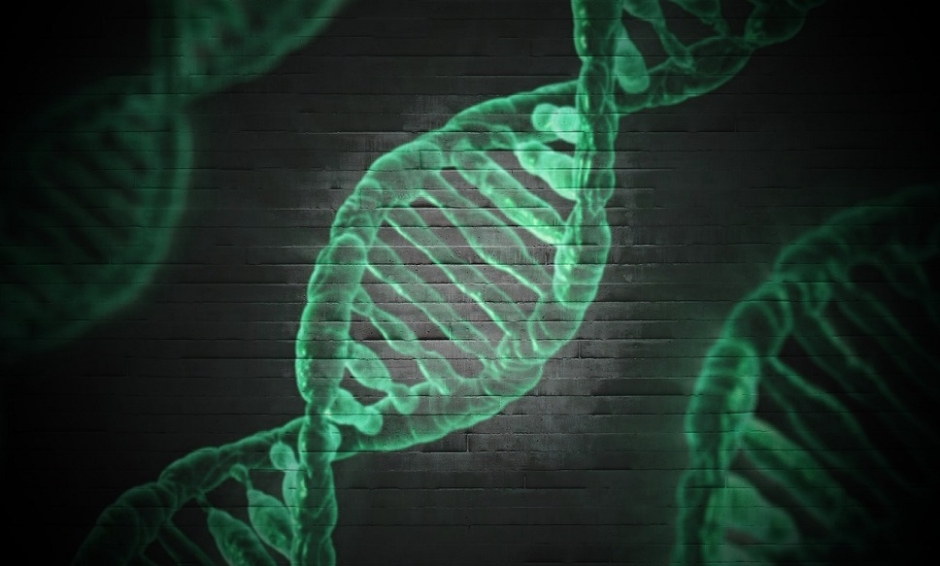NEW insights into the human genome have been made through utilising an emerging technique to sequence the most complete human genome ever assembled with a single technology. The method, which substantially reduces the complexity of piecing together the genome, enabled scientists to get a clearer picture of regions of the genome responsible for functions such as immunity and tumour growth.
Simpler Method
Using a pocket-sized, portable DNA sequencer, the team generated DNA sequencing reads 8,000-times longer than a typical sequencing read, at 1,204,840 bases in length. In comparison to previous techniques, piecing together the genome in this way is a far simpler method.
New Insights
In their subsequent analysis, the scientists were able to discover new insights into how cancer develops and the body’s immune system. This included fresh information about the major histocompatibility complex, an area difficult to examine as it contains many duplicated regions. Additionally, for the first time, the lengths of individual telomeres could be determined directly from the sequenced data; this is another region that is difficult to study because they often appear identical.
Routine Use
Notably, the team believe that the low financial cost of the device used to generate these reads could lead to the routine use of personalised genome sequencing in the future. This could ultimately aid discovery of causes for a number of diseases; for example, by being able to detect large genome rearrangements that play a crucial role in the onset of cancer.
Diagnostic Value
Prof Nick Loman, University of Birmingham, Birmingham, UK, commented: “We hope that a pocket-size sequencer is going to give us the ability to bring sequencing much closer to the patient. At the moment sequencing is quite laborious and occurs in expensively equipped laboratories, but in the future we can imagine sequencing using pocket-sized devices in GP surgeries, in clinics, and even in people’s own homes. The ability to sequence and assemble even very large complex genomes may have value one day in diagnostics and monitoring the evolution of diseases such as cancer and a wide range of infections.”
James Coker, Reporter
For the source and further information about the study, click here.








